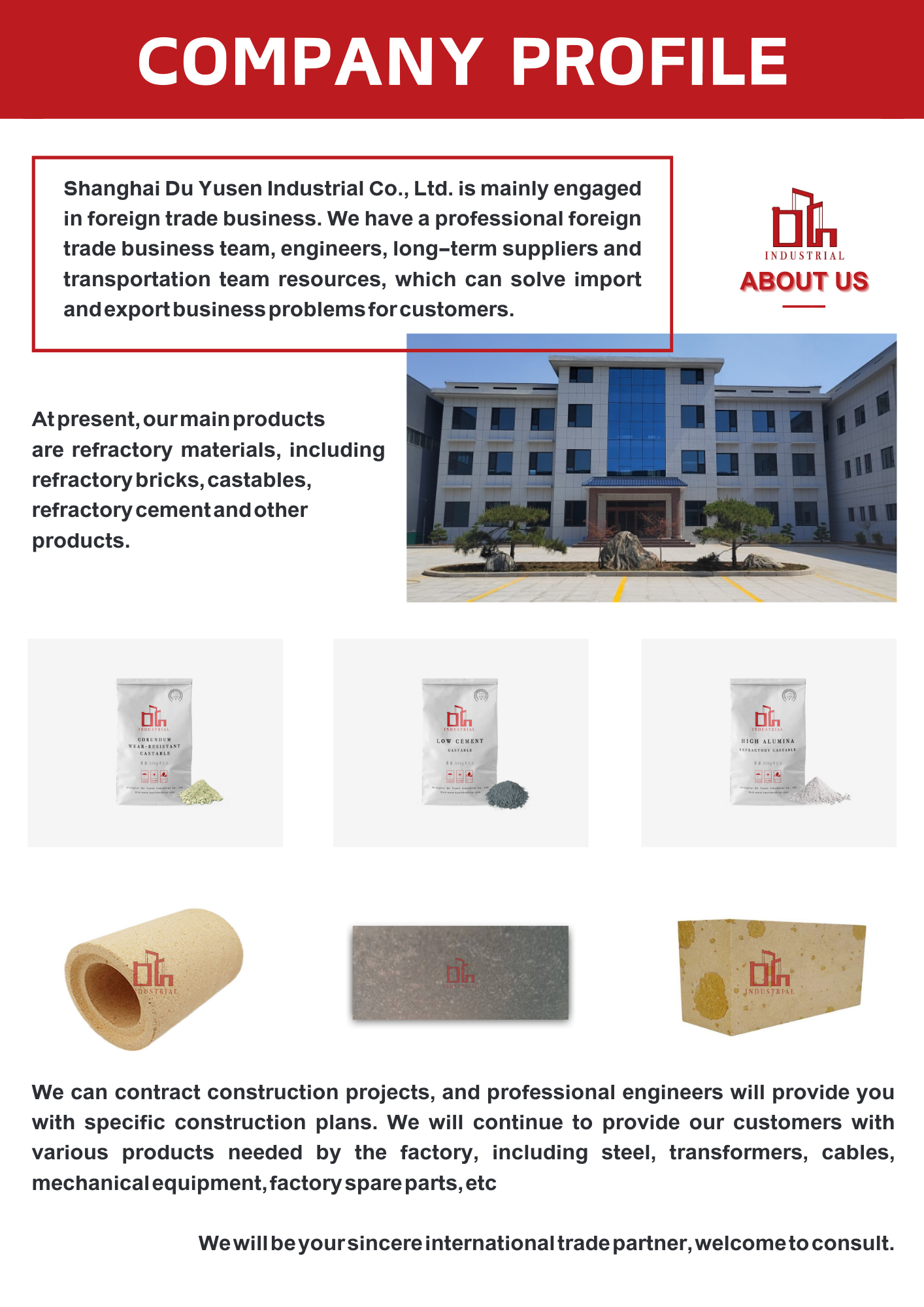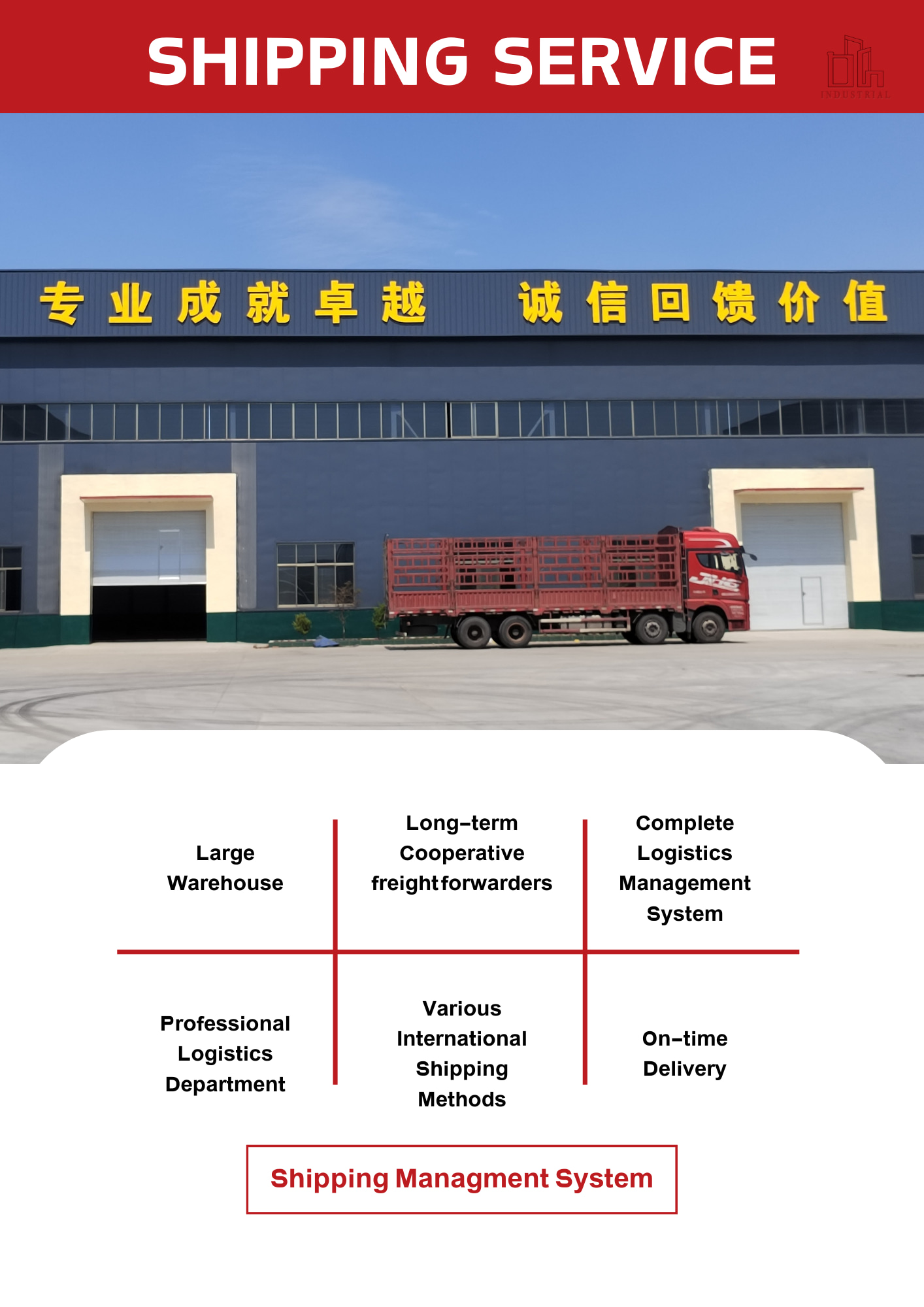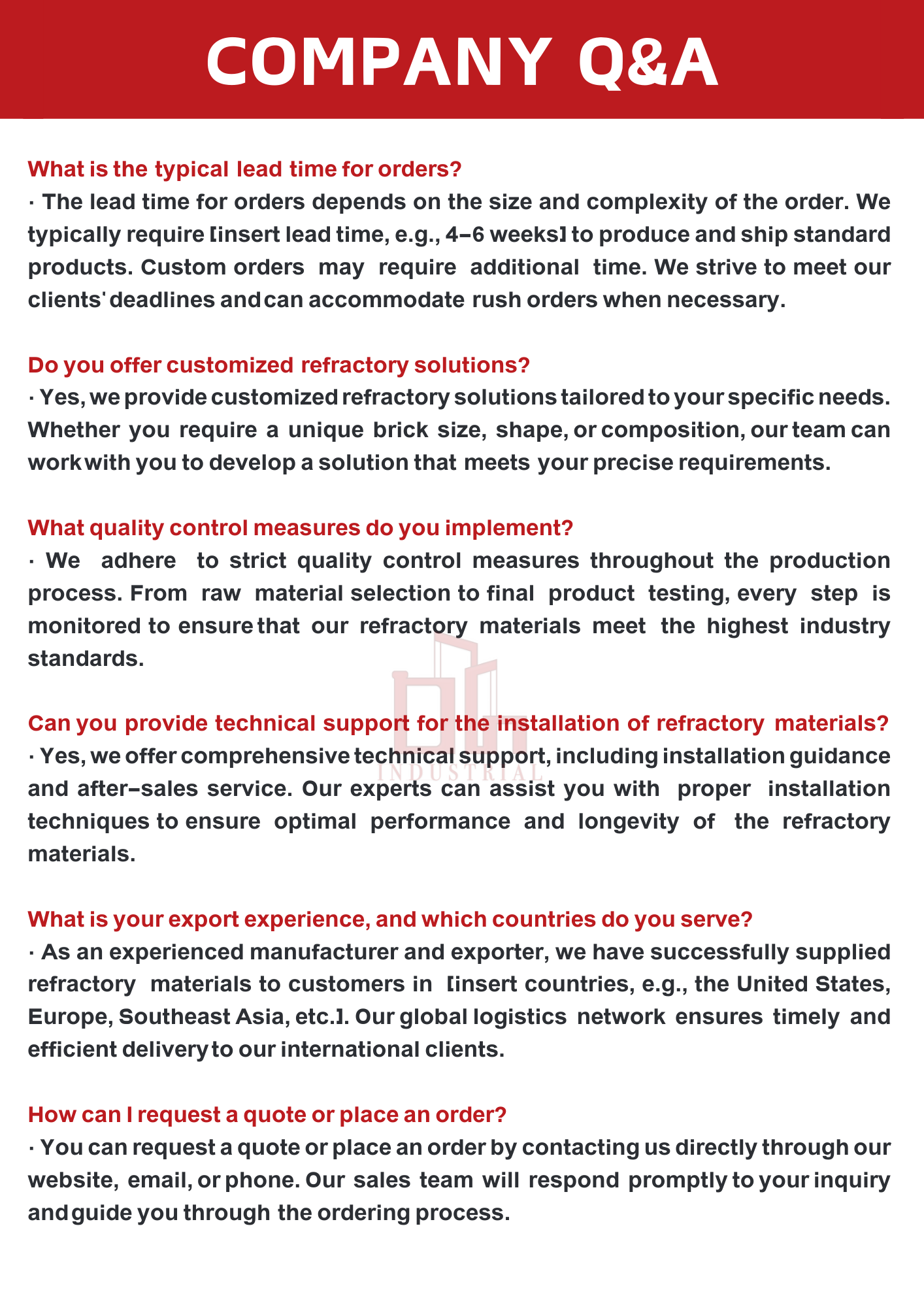High alumina brick is a kind of refractory material. The main component of this refractory brick is Al2O3.
If the Al2O3 content is higher than 90%, it is called corundum brick. Due to different resources, national standards are not completely consistent. For example, European countries stipulate that the lower limit of Al2O3 content for high-aluminum refractory materials is 42%. In China, high alumina bricks are usually divided into three grades according to their Al2O3 content: Grade I - Al2O3 content >75%; Grade II - Al2O3 content 60-75%; Grade III - Al2O3 content 48-60%.
Payment :
In AdvanceProduct Origin :
ChinaShipping Port :
Shanghai PortLead Time :
15 Working daysProduct parameters:
| Item | DYSLG-1.0A | DYSLG-0.9A | DYSLG-0.8A | DYSLG-0.7A | DYSLG-0.6A |
| Al2O3 | 60-75 | 60-75 | 60-75 | 60-75 | 60-75 |
| Fe2O3 | ≤2.0 | ≤2.0 | ≤2.0 | ≤2.0 | ≤2.0 |
| Bulk Density (g/cm3) | ≤1 | ≤0.9 | ≤0.8 | ≤0.7 | ≤0.6 |
| Cold Crushing strength (Mpa) | ≥3.92 | ≥3.43 | ≥2.94 | ≥2.45 | ≥1.96 |
| Thermal Conductivity Coefficient (W/mk) | ≤0.45 | ≤0.45 | ≤0.35 | ≤0.35 | ≤0.3 |
| Permanent Linear Change Rate (max 2%) (℃) | 1400 | 1400 | 1400 | 1350 | 1350 |
Product feature:
a. Refractory degree
The refractory resistance of high-alumina bricks is higher than that of clay bricks and semi-silica bricks, reaching 1750~1790℃, which is a high-grade refractory material.
b. Load softening temperature
Because high-aluminum products contain high Al2O3, low impurities, and less fusible glass, the load softening temperature is higher than that of clay bricks. However, because the mullite crystals do not form a network structure, the load softening temperature is still not as high as that of silica bricks.
c. Slag resistance
High alumina bricks contain more Al2O3, which is close to neutral refractory materials and can resist the erosion of acidic slag and alkaline slag. Because it contains SiO2, its ability to resist alkaline slag is weaker than that of acidic slag.
Applications of bricks:
Mainly used for lining blast furnaces, hot blast furnaces, electric furnace roofs, blast furnaces, reverberatory furnaces, and rotary kilns. In addition, high alumina bricks are also widely used as open-hearth regenerative checker bricks, plugs for pouring systems, nozzle bricks, etc.
High alumina bricks can also be used in glass kilns.



Tags :